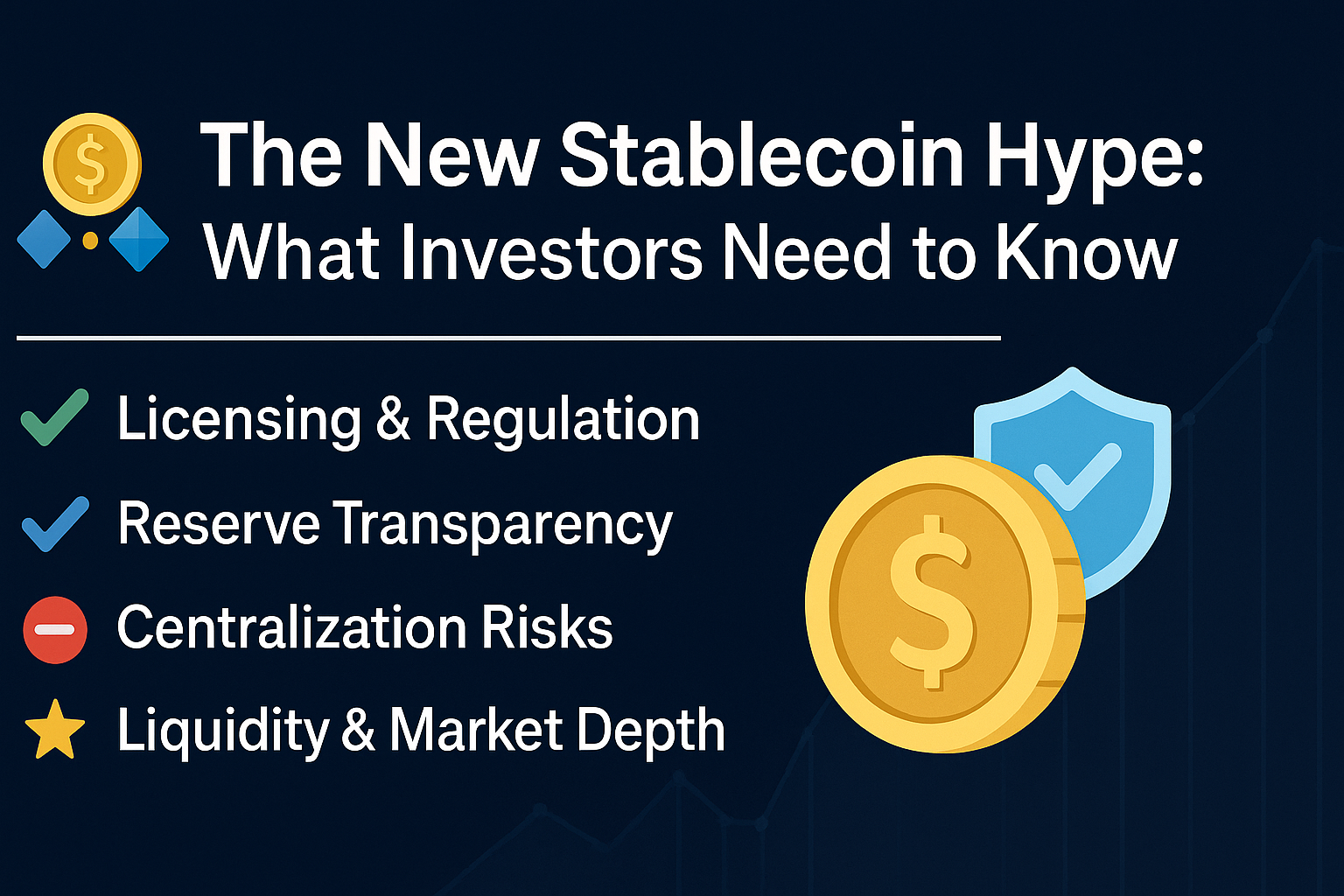Stablecoins are making a major comeback — not just as tools in DeFi, but increasingly as regulated, bank-grade financial instruments. Major players like Fiserv, PayPal, Circle, and Nano Labs are launching new tokens with promises of security, liquidity, and institutional-grade compliance.
But is the hype justified? And what should investors watch out for?
💡 What Are Stablecoins?
Stablecoins are cryptocurrencies pegged to stable assets — usually fiat currencies like the U.S. dollar or the euro. They aim to combine the benefits of blockchain (speed, transparency, decentralization) with the stability of traditional currencies.
Main categories:
- 🔒 Fiat-backed (e.g. USDC, FIUSD): backed 1:1 with bank reserves
- 🧮 Crypto-backed (e.g. DAI): overcollateralized with crypto assets
- ⚖️ Algorithmic (e.g. FRAX): managed via on-chain monetary policies
🚀 Why Is There a New Hype?
- Institutional Adoption: Banks, fintechs, and payment processors are adopting stablecoins for settlements and treasury management.
- Regulatory Clarity: Laws like the GENIUS Act (U.S.), MiCAR (EU), and Hong Kong’s Stablecoin Bill are paving the way.
- Real World Asset (RWA) Integration: Stablecoins serve as gateways between traditional finance and on-chain assets.
- Tech-Driven Use Cases: Projects like FIUSD and PYUSD come with SDKs, smart contract controls, and real-world payment integrations.
⚠️ What Investors Should Watch Out For
Despite the buzz, not all stablecoins are equally safe or useful. Here are five key criteria to evaluate before investing or using a stablecoin:
✅ 1. Licensing & Regulation
Ask: Is the issuer licensed and regulated in its jurisdiction?
Only trust stablecoins from issuers with official regulatory approval. If it’s unclear who’s behind it — or what laws apply — it’s a red flag.
🧾 2. Reserve Transparency
Ask: Are the reserves verifiable and regularly audited?
Reputable stablecoins publish monthly or real-time attestations. If there are no audits or unclear collateral, the risk of a depeg increases.
🛑 3. Centralization Risks
Ask: Can the issuer freeze your funds or reverse transactions?
Many centralized stablecoins (like USDT or PYUSD) include admin controls. For privacy-focused users or institutions, this might be a concern.
📊 4. Liquidity & Market Depth
Ask: Is it easy to trade, redeem, or use the coin?
Look for stablecoins with strong listings on exchanges, deep DeFi pools, and broad ecosystem adoption.
⭐ 5. Technical Infrastructure
Ask: What blockchain does it run on?
Solana, Ethereum, Tron — each has pros and cons in terms of speed, fees, uptime, and security. Blockchain choice matters, especially for integrations.
📌 Final Thoughts: A New Era, But Caution Is Key
Stablecoins are more than just a hype cycle — they are becoming core infrastructure for the digital economy. But investors must balance the opportunity with due diligence.
Key takeaways:
- Don’t choose based on market cap alone
- Look for regulated, transparent issuers
- Diversify — don’t go all-in on one stablecoin
🔍 Recommended Tools & Resources:
- Ratex42.com – for compliance scores and risk insights
- CoinGecko / DeFiLlama – for market data and liquidity
- Regulatory sources – like MiCAR, the GENIUS Act, and the HK Stablecoin Bill



